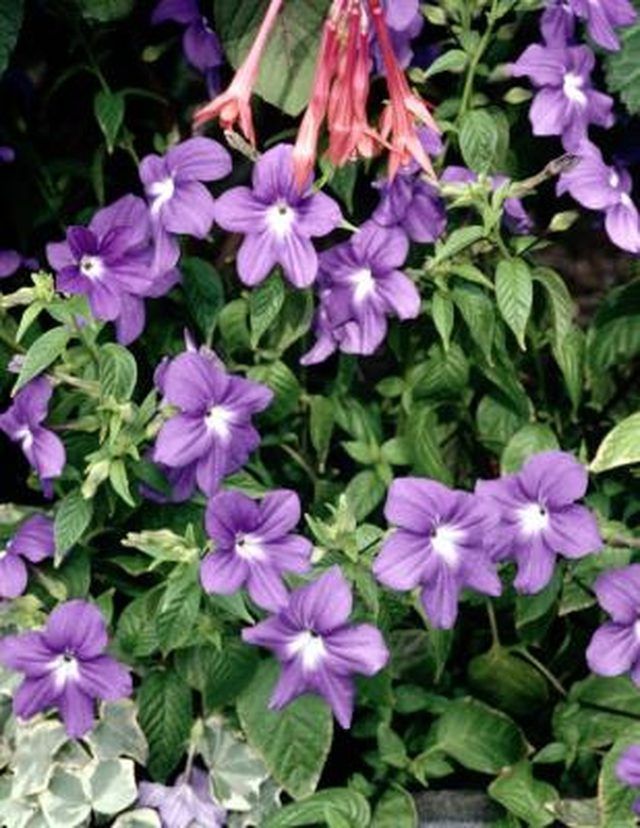Bulbs
Flower Basics
Flower Beds & Specialty Gardens
Flower Garden
Garden Furniture
Garden Gnomes
Garden Seeds
Garden Sheds
Garden Statues
Garden Tools & Supplies
Gardening Basics
Green & Organic
Groundcovers & Vines
Growing Annuals
Growing Basil
Growing Beans
Growing Berries
Growing Blueberries
Growing Cactus
Growing Corn
Growing Cotton
Growing Edibles
Growing Flowers
Growing Garlic
Growing Grapes
Growing Grass
Growing Herbs
Growing Jasmine
Growing Mint
Growing Mushrooms
Orchids
Growing Peanuts
Growing Perennials
Growing Plants
Growing Rosemary
Growing Roses
Growing Strawberries
Growing Sunflowers
Growing Thyme
Growing Tomatoes
Growing Tulips
Growing Vegetables
Herb Basics
Herb Garden
Indoor Growing
Landscaping Basics
Landscaping Patios
Landscaping Plants
Landscaping Shrubs
Landscaping Trees
Landscaping Walks & Pathways
Lawn Basics
Lawn Maintenance
Lawn Mowers
Lawn Ornaments
Lawn Planting
Lawn Tools
Outdoor Growing
Overall Landscape Planning
Pests, Weeds & Problems
Plant Basics
Rock Garden
Rose Garden
Shrubs
Soil
Specialty Gardens
Trees
Vegetable Garden
Yard Maintenance
Types of Low Lying Perennials for Ground Cover
Types of Low Lying Perennials for Ground Cover. Ground-hugging plants in the landscape will cover large bare areas, reduce soil erosion and replace grass in shady locations. Ground cover is a flexible option for areas that are difficult to plant in and can add color and texture to the garden. Perennial plants that are low-growing will provide...

Ground-hugging plants in the landscape will cover large bare areas, reduce soil erosion and replace grass in shady locations. Ground cover is a flexible option for areas that are difficult to plant in and can add color and texture to the garden. Perennial plants that are low-growing will provide interest year after year in the garden.
Classification
The United States Department of Agriculture categorizes plants according to their cold hardiness. Further classification includes ornamental features and growing habit. Use plants suitable for a particular growing zone to ensure optimal performance.
Herbaceous Plants
The roots and crowns of herbaceous perennials survive winter frost while the tops do not. Returning each year, these plants can survive, with care, for many seasons or only last a few years. Crown vetch (Coronilla varia) grows to 1 to 2 feet high, thrives in dry climates and is hardy to zone 4. Pink flowers appear from May through September and extend up to 6 feet. Well suited for banks or wide open areas, crown vetch spreads rapidly and has invasive tendencies.
Evergreen Plants
Evergreen ground cover plants maintain colored foliage all year long. Pachysandra (Pachysandra terminalis), for example, is a vibrant evergreen that thrives in shady locations. Ornamental foliage provides seasonal color, turning from purple in the spring to bright green in the summer to yellow-green in the winter. Pachysandra is hardy in zones 3 to 9 and performs best if planted under taller shrubbery or trees for shade and protection.